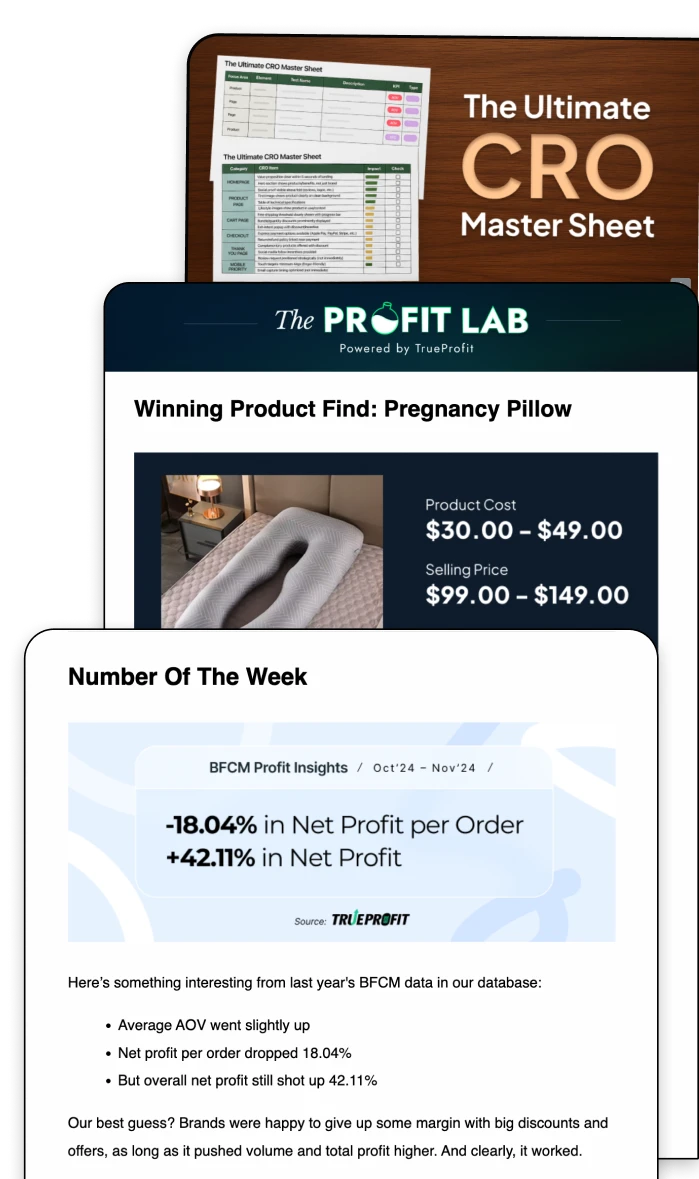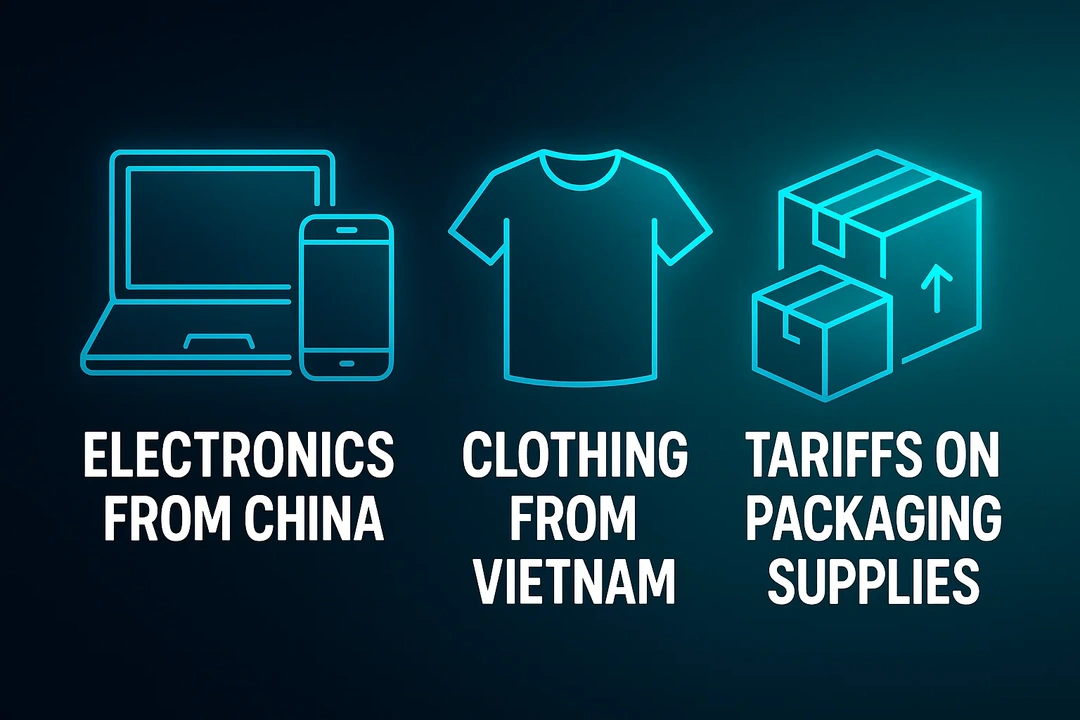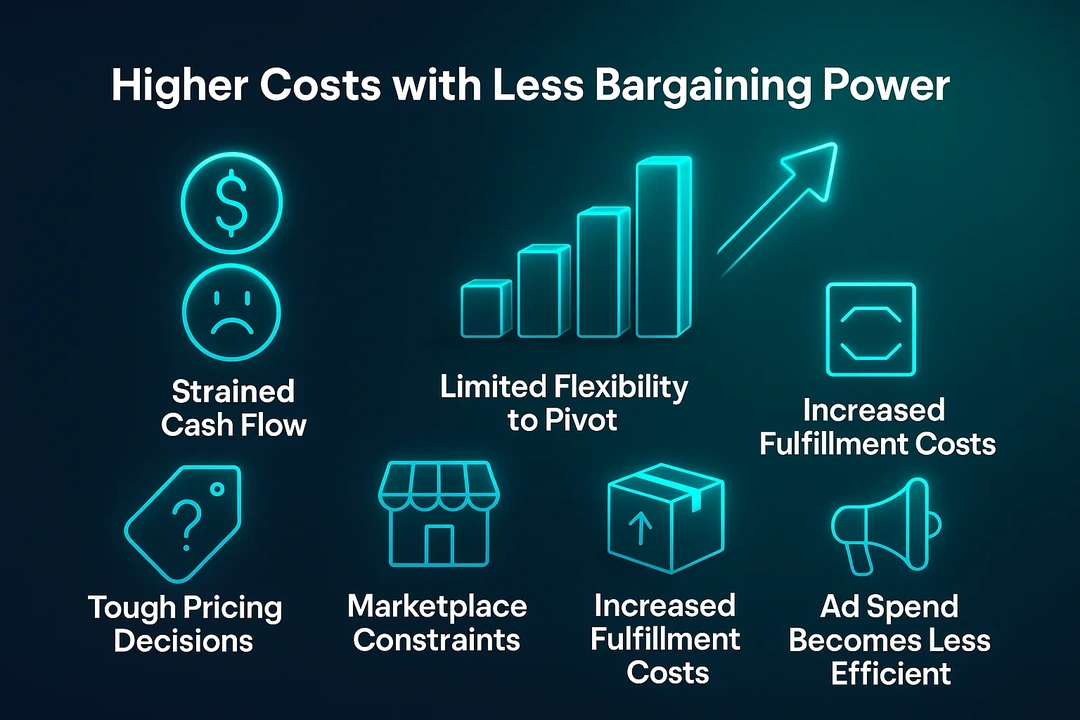How Do Tariffs Affect Businesses in 2025?
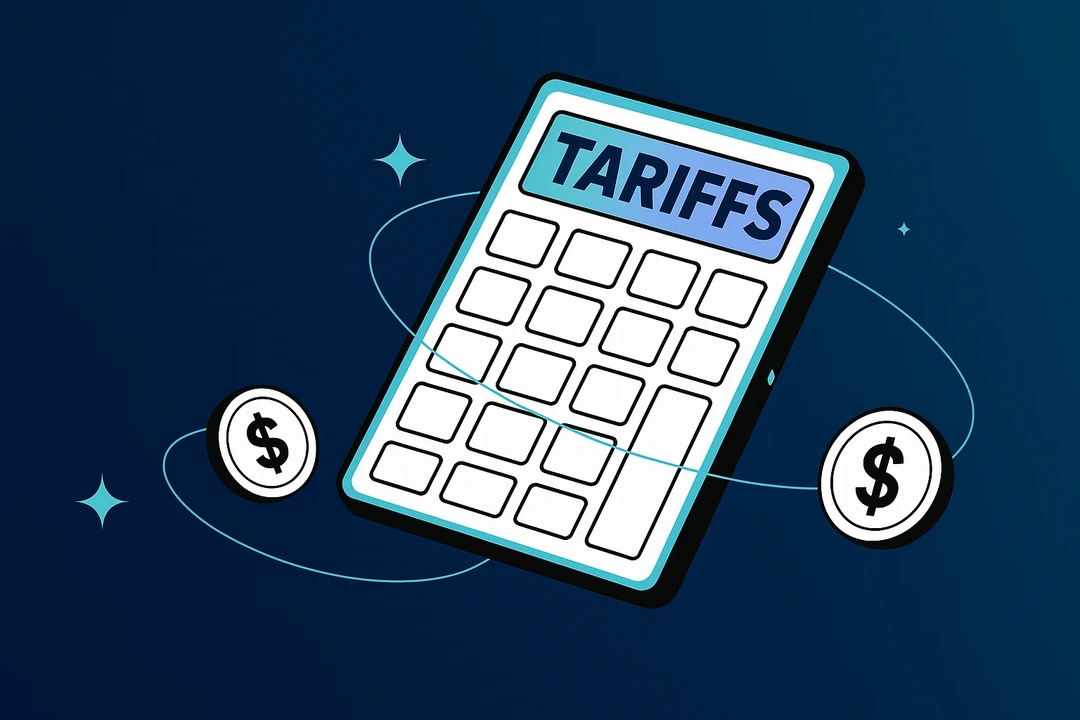
For businesses, tariffs can make or break your profit margins, shift your sourcing strategy, and affect the prices customers see on your storefront.
Whether you're dropshipping from China or running an e-commerce brand, understanding how tariffs work and how they impact your business is key to staying profitable. This article will help you to understand tariffs and prepare you on the impact of it.
What Are Tariffs?
Tariffs are taxes that a government places on goods coming into or going out of the country. Most of the time, they’re used to make imported products more expensive, so local businesses can better compete with international brands. For e-commerce sellers who rely on overseas suppliers, tariffs can have a big impact on your bottom line.
There are two main types of tariffs you should know:
- Specific tariffs: These are flat fees charged per item. For example, if there’s a $10 tariff on imported laptops, you’ll pay $10 for each one—no matter how much it costs.
- Ad valorem tariffs: These are percentage-based. So if a product is worth $100 and the ad valorem tariff is 15%, you'll pay $15 in taxes.
Why Tariffs Matter to Ecomm Sellers
While tariffs are applied by governments, the cost usually falls on importers—not exporters. That means if you’re a U.S.-based e-commerce brand sourcing products from abroad (like China or Vietnam), you’re the one paying the tariff. And when your costs go up, you either have to raise your prices or accept smaller profit margins.
In short, tariffs can directly affect how much it costs you to sell a product and how much profit you make per sale.
Tariff Examples in E-Commerce
Let’s look at how tariffs can affect different parts of an e-commerce business:
Electronics from China
Imagine you're selling wireless headphones that cost you $40 each to import from China. If a 25% tariff is added, that’s an extra $10 per unit, raising your cost to $50. If you were selling them for $70, your profit drops from $30 to $20. That might not seem like much, but over hundreds of orders, that adds up to thousands in lost profit.
Clothing from Vietnam
Many online stores buy clothes from Vietnam because it’s affordable. But if a new tariff of 10–15% is added to items like T-shirts or jackets, your cost goes up. For example, if your supplier charges $10 per shirt and a 15% tariff is applied, that’s $1.50 extra per item. You’ll either have to raise your prices or earn less profit.
Tariffs on Packaging Supplies
Tariffs can also apply to packaging materials like boxes and plastic wrap. A 10% tariff on imported packaging might add 50 cents to $1 more per order. And because packaging affects the size and weight of a package, this can also lead to higher shipping costs, which directly eat into your profit margins.
How Tariffs Affect Small E-Commerce Businesses
Tariffs can have a serious impact on small e-commerce businesses, especially those that rely heavily on overseas suppliers like dropshippers. Unlike large companies with deep pockets and supply chain teams, smaller brands face a unique set of challenges when tariff rates change:
Higher Costs with Less Bargaining Power
Big brands often get volume discounts and better deals on shipping, packaging, and manufacturing. Small businesses typically place smaller orders, which means they pay more per unit and can’t negotiate their way out of increased tariff costs.
Strained Cash Flow
Most small e-commerce brands operate with limited cash reserves. A sudden 20%–25% tariff can quickly eat into their profit margins, and if they’re not using a profit tracking tool, these changes may go unnoticed until it's too late. Unexpected cost spikes can lead to cash flow problems and stalled growth.
Limited Flexibility to Pivot
When tariffs rise, switching suppliers or sourcing from new countries isn’t always easy. Larger companies may have teams dedicated to finding alternatives, but small businesses often don’t have that kind of bandwidth. As a result, they’re more likely to get stuck with rising costs and fewer options.
Tough Pricing Decisions
Raising prices to offset tariffs could scare off budget-conscious customers. But keeping prices the same means the business eats the added cost. This puts small sellers in a difficult position: absorb the loss or risk losing sales.
Marketplace Constraints
On platforms like Amazon or Etsy, sellers are often locked into competitive pricing. If your cost of goods sold (COGS) goes up due to tariffs, but you can’t raise your prices, you could end up losing money on every sale.
Increased Fulfillment Costs
Tariffs don’t just hit your products—they can also affect packaging materials, components, and shipping supplies. That means your total fulfillment cost goes up, even if the product itself stays the same.
Ad Spend Becomes Less Efficient
When your profit margins shrink, your Return on Ad Spend (ROAS) takes a hit. You may find that your previously winning campaigns are no longer profitable, especially if you’re scaling paid traffic to low-margin products.
How to Protect Your Business from Tariff Impact
Tariffs are part of the new normal in global trade—and they’re not going away anytime soon. Instead of reacting to every policy change, smart e-commerce businesses are building tariff-resilient strategies that reduce risk, preserve margins, and keep operations running smoothly. Here’s how:
1. Diversify Your Suppliers
Relying on a single country like China for all your products can leave your business vulnerable to sudden tariff hikes. Instead, look into alternative sourcing countries such as India, Mexico, Vietnam, or Eastern Europe, where tariffs may be lower or trade policies more stable.
Consider dual sourcing such as working with one primary supplier and one backup in another region. This allows you to shift production quickly if tariffs spike in one area. If possible, explore nearshoring options to shorten your supply chain and reduce exposure to global trade disputes.
2. Renegotiate Supplier Agreements
If your supplier relationships are strong, you might have more flexibility than you think. Try to ask for bulk order discounts to help absorb tariff costs per unit. Besides that, you can build long-term contracts with fixed pricing to protect against unexpected cost jumps.
3. Reprice Strategically (Without Losing Customers)
Raising prices is sometimes necessary, but it doesn’t have to scare customers away. Use tools like a profit margin calculator or a real-time profit tracker to understand exactly how tariffs are affecting your margins.
Identify which SKUs are still profitable and which need price adjustments. Moreover, consider small, gradual price increases across a range of products instead of a big jump on one hero item. This is the time to try tiered pricing or bundles to offer more value while recovering costs.
4. Stay Informed and Ahead of Policy Changes
Trade policies and tariffs can shift quickly, especially with elections, geopolitical tension, or new trade agreements. Subscribe to industry newsletters, join e-commerce communities, and monitor updates from government trade departments.
You can set up Google Alerts for terms like “tariffs + [your product category]” so you’re not caught off guard. If your product category is frequently targeted (like electronics, apparel, or supplements), consider keeping a “tariff response plan” ready.
5. Automate Your Profit Tracking
Manual spreadsheets won’t cut it in a world of dynamic tariffs and fluctuating fees. That’s why most businesses are switching to automation apps to spot margin erosion early, so they can act fast whether it’s switching suppliers, tweaking ad strategy, or raising prices.
Invest in profit tracking software like TrueProfit that gives you real-time data on COGS, fees, ad spend, and shipping costs for each SKU.
Harry Chu is the Founder of TrueProfit, a net profit tracking solution designed to help Shopify merchants gain real-time insights into their actual profits. With 11+ years of experience in eCommerce and technology, his expertise in profit analytics, cost tracking, and data-driven decision-making has made him a trusted voice for thousands of Shopify merchants.






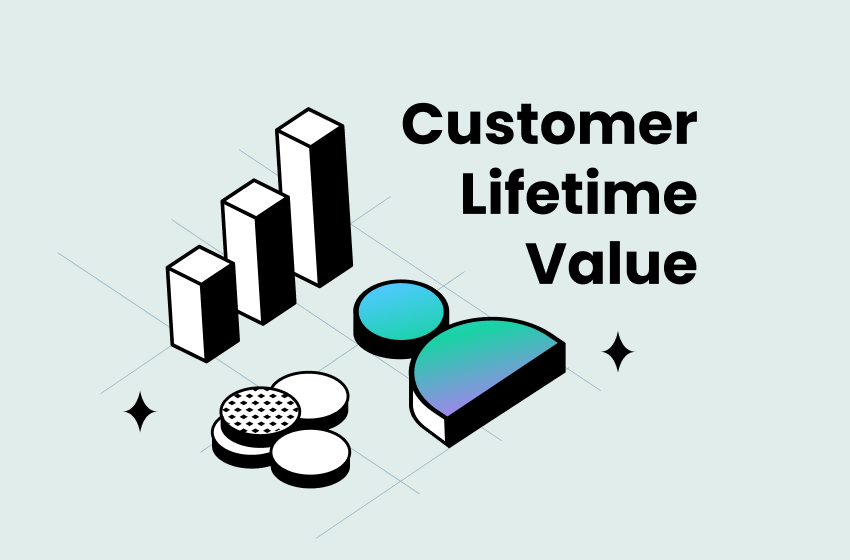

![Multi-Touch Attribution and Models: A Complete Guide [2025]](https://be.trueprofit.io/uploads/Multi-Touch-Attribution.png)
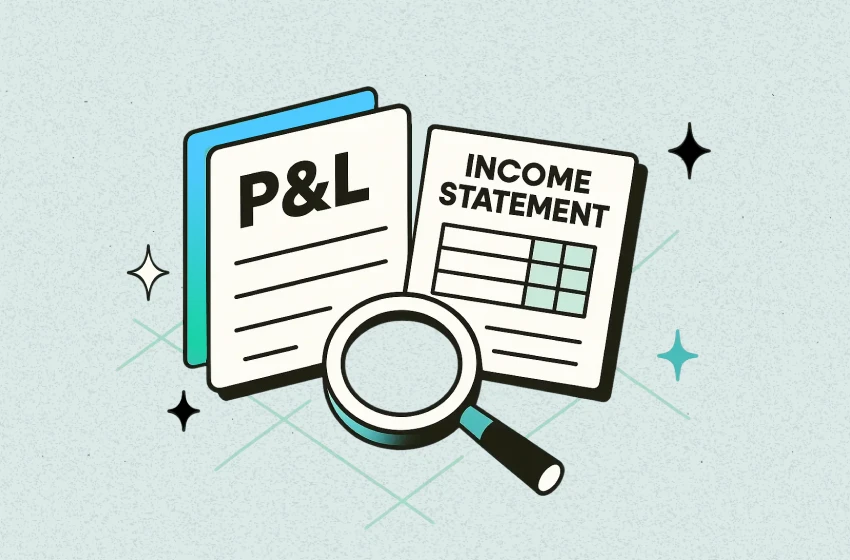
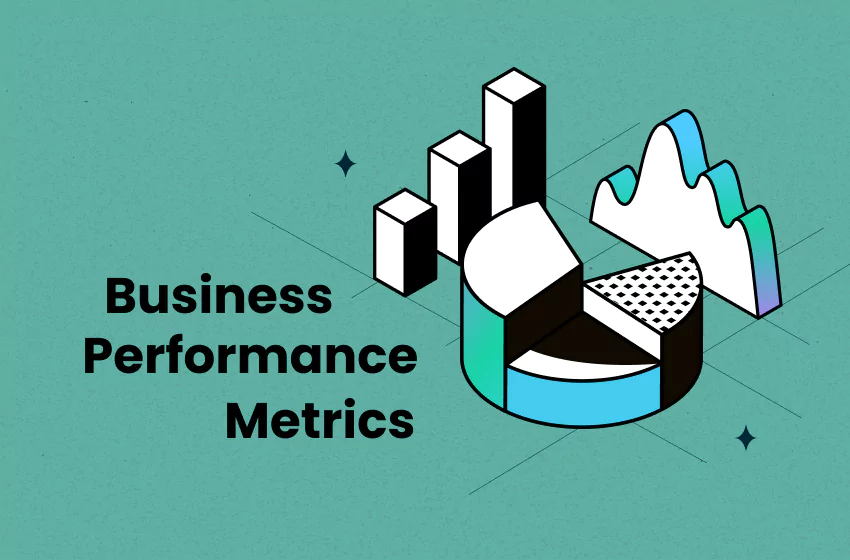

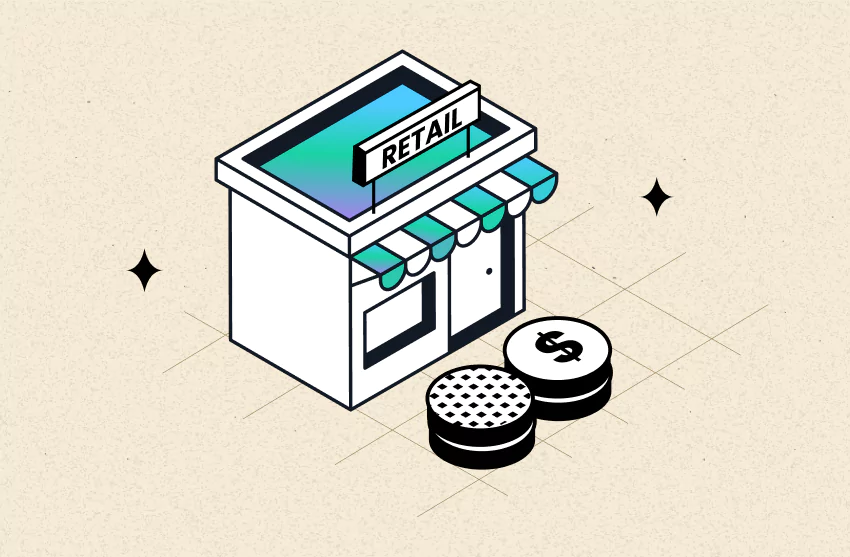
 Shopify profits
Shopify profits